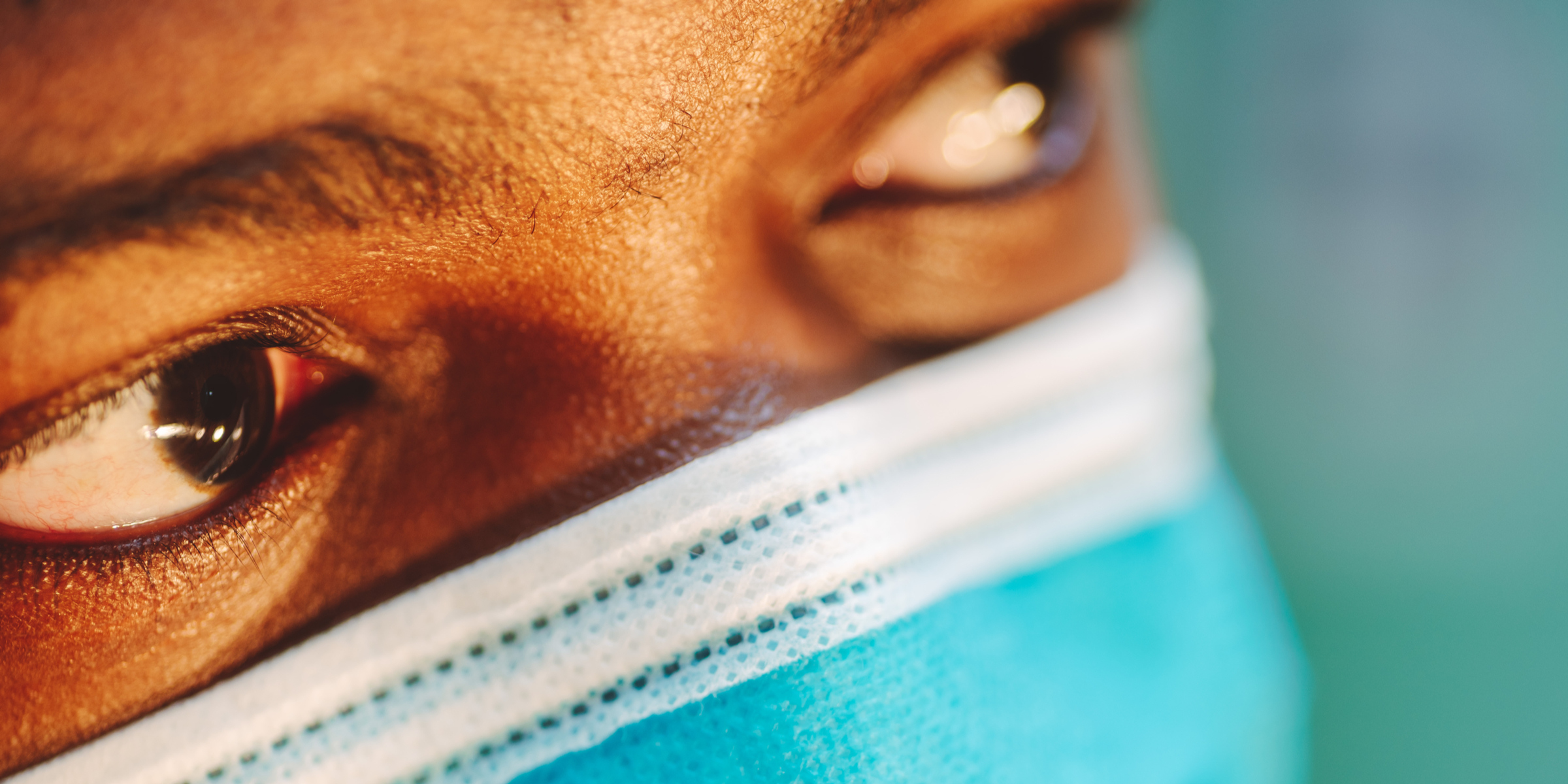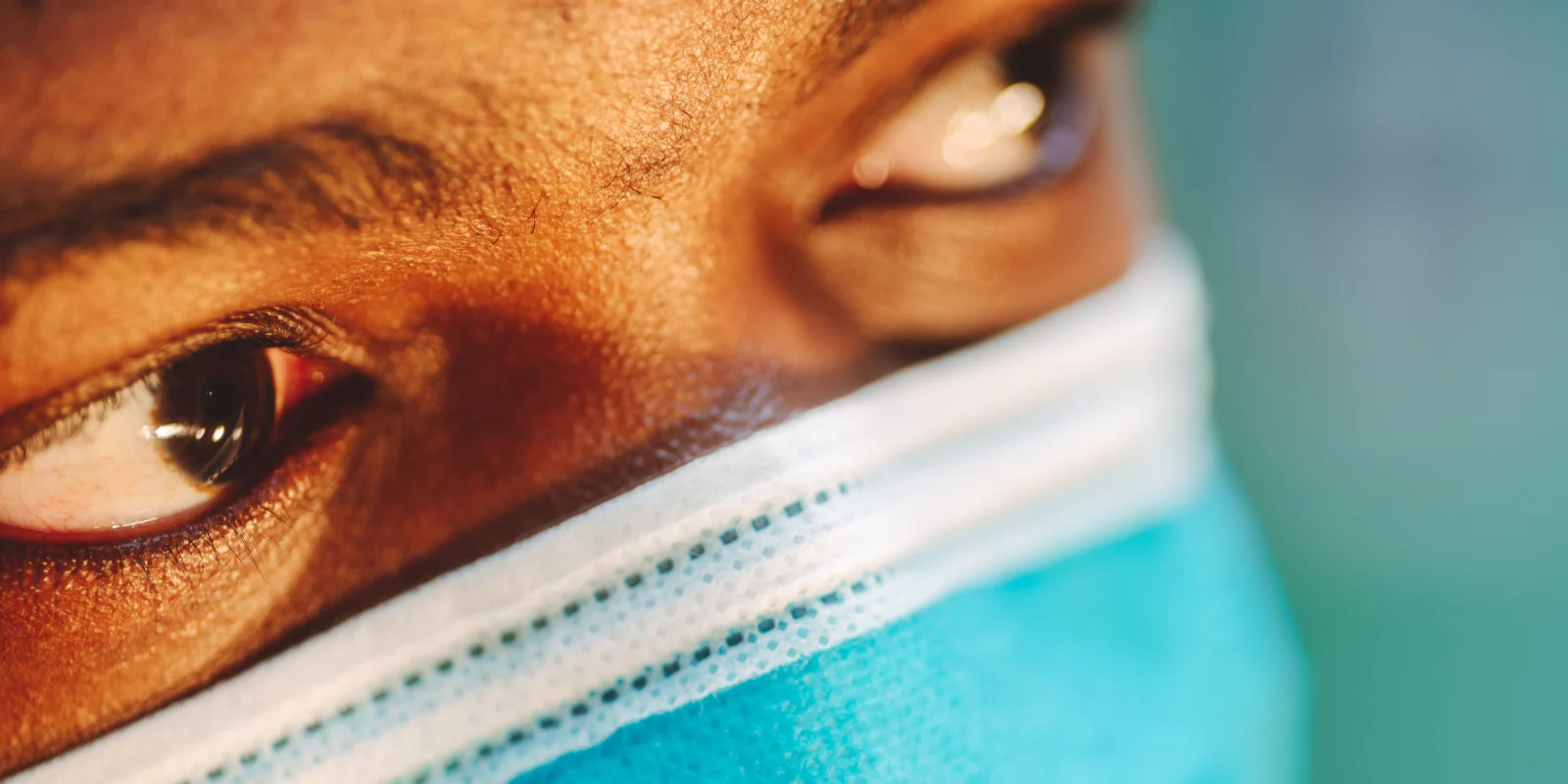
We have learned a lot about American society from the novel coronavirus crisis. Not only have we learned about the fragility of the American economy and health care system, but social inequalities have been highlighted as well. The novel coronavirus does not affect everyone equally. Many recent articles have shown that areas of low socioeconomic standing have been especially hit hard. In a recent article published in JAMA, Dr. Clyde Yancy explores why there is a disproportionate percentage of COVID-19 deaths in the African American population. He emphasized how the level of poverty and the population in these areas resulted in the higher numbers.
In my recent exposure to the crisis, I have noticed this social disparity. I have had the opportunity to volunteer in an ED in the Bronx, an area well known for its low socioeconomic standing that has a roughly 28% poverty rate. During my time there, I have noticed that the majority of severe COVID-19 cases are Latino or African American and Caribbean American. These races together have the highest poverty rate, with 17.6% and 20.8% respectively, according to data from the latest U.S. Census Bureau. This patient population is also known for higher rates of poorly controlled hypertension, diabetes, obesity, and cardiovascular disease. These comorbidities, especially hypertension, are well known to be linked to the progression of COVID-19. The prevalence of these comorbidities is not completely genetic. Throughout medical school, we have been taught that the best way to control these chronic diseases is through making lifestyle changes. If lifestyle changes are the best treatment for these diseases, then what types of lifestyle do these populations have that results in such a high prevalence of disease?
Lifestyle changes that are a factor of preventing chronic diseases include a healthy diet. However, a healthy diet is difficult to follow when all that is available to eat are unhealthy food options. A diet of processed foods is significantly cheaper than one with a healthy diet of fruits, vegetables, and fish. It is cheaper to buy bread, rice, cheese, and premade meals when all you have to do is add milk and water. These types of foods also have a longer shelf life than vegetables and fruits. Many of these people work multiple jobs, making it hard to find time to make food on top of the necessities of daily life like laundry, bathing, and sleeping. It is easier and faster to get a cheap fast food meal than to spend time cooking nutritious foods. This inability to maintain a healthy diet results in multiple health comorbidities, as listed above.
In addition, most patients in this population have essential jobs: sanitation workers, grocery store workers, landlords, truck drivers, postal workers, public transit workers, etc. During this time, many of them have to continue to work despite being exposed to COVID-19 on a daily basis. When they go home, they have no choice but to return to small apartments where their children and parents also live. There is no place to separate themselves from the other household members. Not only are they at a higher risk for contracting the disease, but they are at risk for bringing it back to their immunocompromised elderly family members as well. I am fortunate enough to have my own place where I can isolate myself from anyone else without the fear of spreading the coronavirus. However, a lot of the essential workers that I have met return home and share their living spaces with their loved ones. There is no luxury like self-isolation when there is not a lot of space to spare.
It is clear that the current health disparity among certain populations impacts their survival rate against COVID-19. This novel coronavirus has not been kind to those who need multiple jobs, living paycheck to paycheck, just to put food on the table and pay their rent. Many people in this population have also lost their jobs, making it hard for them to make ends meet. Without an income, they also cannot afford regular medications or treatments. The homeless population is also at high risk as they are crammed into shelters, surrounded by people who may or may not have COVID-19, among other prevalent infections in these locations, such as tuberculosis, hepatitis, scabies, and HIV. There is no quick fix to the current situation; however, measures can be put into place to reduce these disparities in the future. Making health care universal is a step forward, and considering the rising rate of unemployment, health insurance should not be linked to a place of employment. We have to remember: Health care is not a privilege; it is a basic human right.
Tiffany Chow is a third-year medical student at St. George's University School of Medicine who is currently volunteering in an ED in the Bronx.
Click here to see more perspectives on COVID-19 from the Doximity network.
Click here for up-to-date news about COVID-19 on Doximity.
Image: Rohane Hamilton / shutterstock






